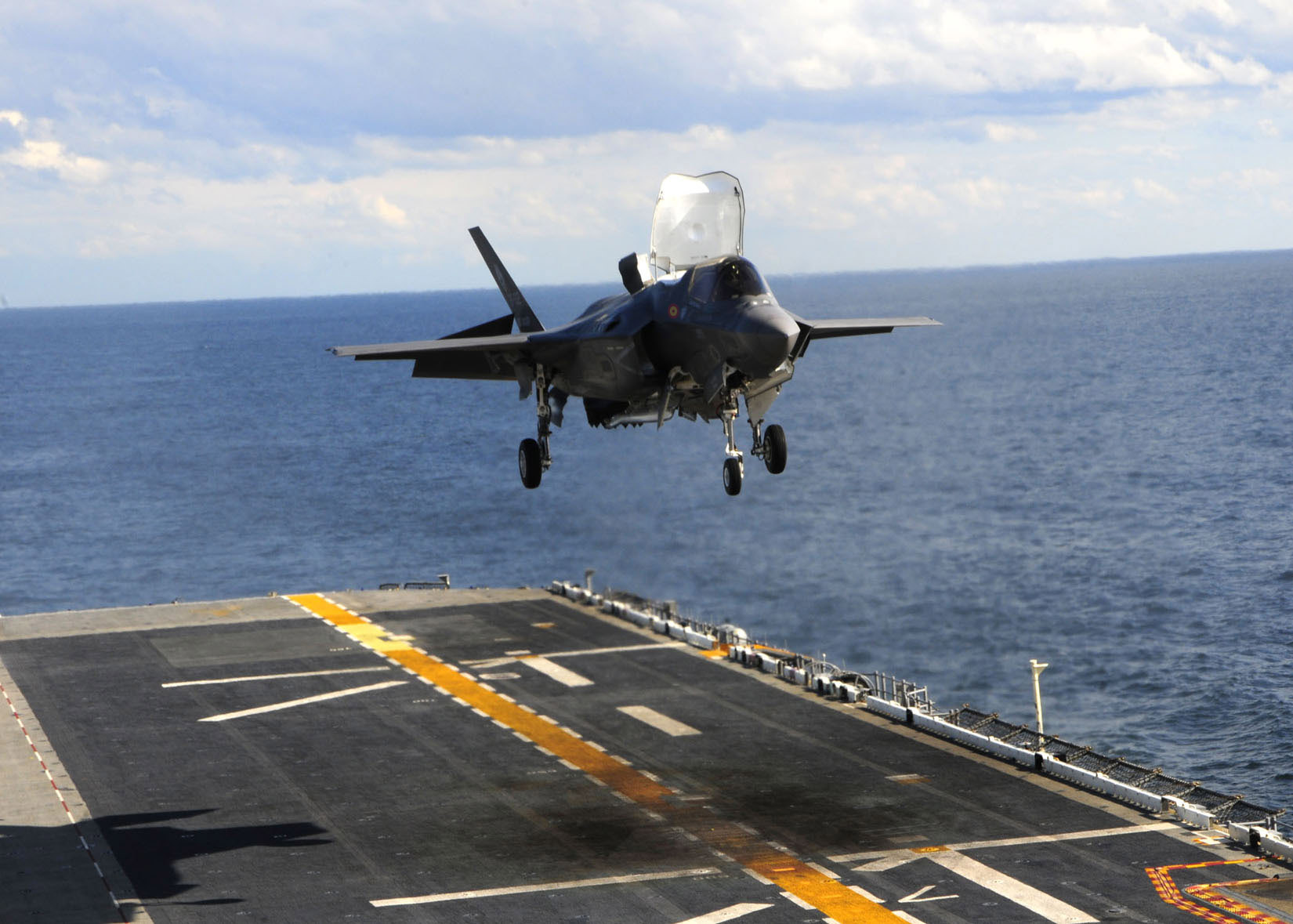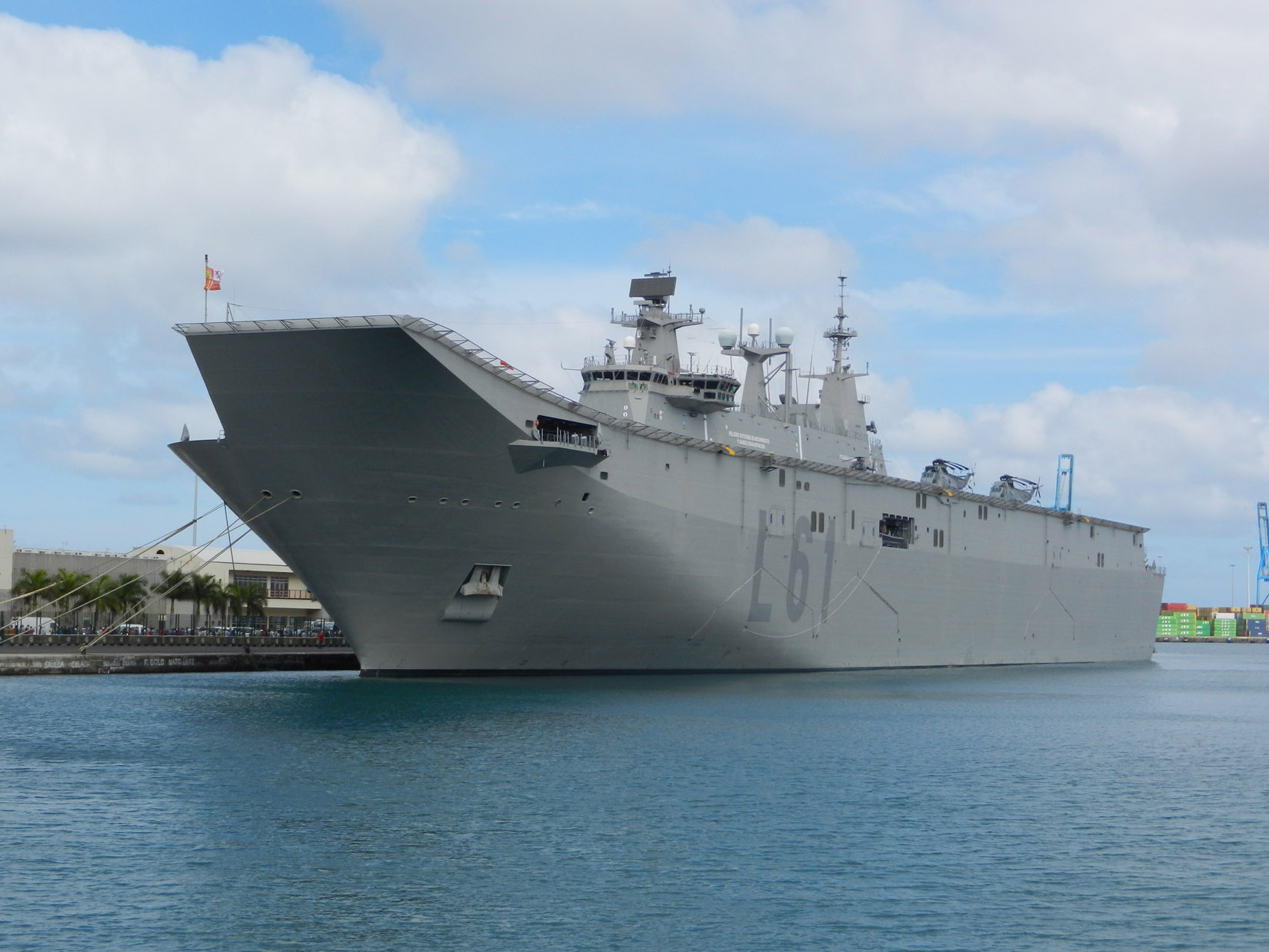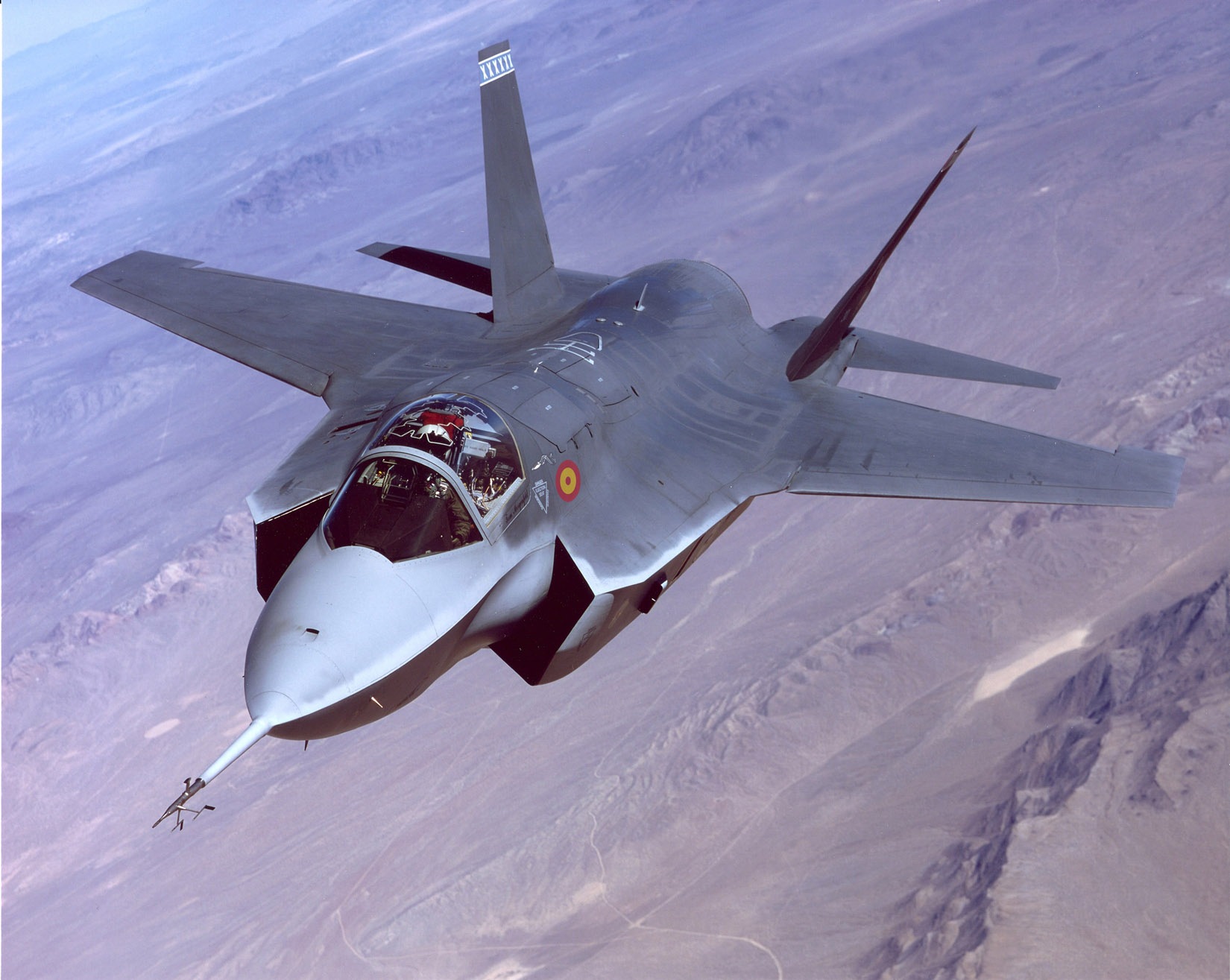The Lockheed Martin F-35 Lightning II is a fifth-generation single-seat multirole fighter currently developed to carry out ground attack, reconnaissance and air defense missions with stealth capability. This aircraft was designed based on three different variants: the F-35A for conventional takeoff and landing (CTOL), the F-35B capable of short takeoffs and vertical landings (STOVL), and the F-35C, which is a naval variant. capable of operating on aircraft carriers.
The F-35 is the descendant of the X-35 prototype, an experimental aircraft product of the Joint Strike Fighter (JSF) program. The development of the JSF program was funded primarily by the United States, supported by the United Kingdom and other partner governments (Australia, Canada, Denmark, Netherlands, Italy, Norway and Turkey) providing additional funds. Partner countries are members of NATO or close allies of the United States. It has been designed and manufactured by an aerospace industries group led by Lockheed Martin, with BAE Systems and Northrop Grumman as primary partners. The F-35 made its first flight on December 15, 2006.
DESCRIPTION
The F-35 looks like a smaller, conventional, single-engine version of the twin-engine Lockheed Martin F-22 Raptor. In fact, both models share common elements. The exhaust duct was inspired by the General Dynamics Model 200, a 1972 VTOL aircraft designed for maritime ship control.
 Navy F-35 landing on the deck of the Juan Carlos I strategic projection ship
Navy F-35 landing on the deck of the Juan Carlos I strategic projection ship
Its technology is cutting-edge and is the result of the union of North American and Russian companies. Thanks to this union, it was possible to develop the new generation of vertical takeoff engines used by the F-35. On the other hand, its stealth capabilities make it a difficult aircraft to detect when approaching search radar. In addition, this stealth technology is more durable and requires less maintenance than previous ones.
Its avionics are integrated to combine external and internal information and thus increase the pilot’s situational alert, such as improving the identification and use of weapons, in addition to transmitting information at high speed to other control and command points. If we add to this that as standard, all pilots’ helmets have integrated information screens, the F-35 is one of the fighter jets with the best current combat performance.
NOW
Recently, Spain has acquired more than twenty units of F-35C and as many of the F-35B model to replace the British Harriers in the Navy. Specifically, the Navy has two new combat squadrons. One formed by the F-35C that operate from the strategic projection ship Juan Carlos I and its F100 frigate combat group. The other, made up of the F-35B, does so from the Rota Naval Air Base, in Cádiz.

Although at the moment they have not entered combat, nor participated in any real mission, except for joint NATO training maneuvers. The Spanish Navy has placed its trust in the F-35 Lightning II as its bird of prey with which to protect the Strait of Gibraltar and the territorial waters of Spain.

